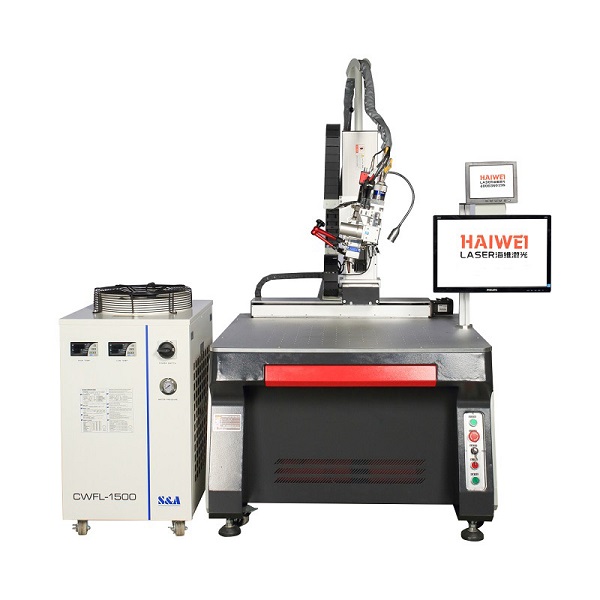How is the fatigue performance of welds from a laser welding machine?
When selecting a joining method for critical structural components, understanding the long-term durability of the weld is essential. A common question from manufacturers is: How does the weld fatigue performance of a laser welding machine compare to other welding methods?

High Precision Leads to Better Fatigue Resistance
Laser welding produces narrow, deep welds with minimal heat input. This results in a smaller heat-affected zone (HAZ) and reduced distortion, both of which contribute to improved fatigue life. The precise control over the weld bead profile also minimizes stress concentration points that can initiate cracks under cyclic loading.
Consistency Enhances Reliability
One of the key advantages of a laser welding machine is process stability. Unlike manual welding, which can vary with operator skill, laser systems deliver repeatable energy input and travel speed. This uniformity ensures consistent microstructure and mechanical properties across thousands of welds—critical for fatigue-sensitive applications like automotive, aerospace, and rail transport.
Joint Design Matters
Fatigue performance depends not only on the welding process but also on joint geometry. Laser welding allows for tailored penetration profiles, such as full-penetration butt joints or optimized fillet welds, which distribute stress more evenly. Proper edge preparation and fit-up further enhance fatigue resistance.
Material Compatibility and Post-Weld Treatment
Laser welding is widely used for high-strength steels, aluminum alloys, and dissimilar metals—all common in lightweight structures. In some cases, post-weld treatments like grinding or shot peening can be applied to further improve fatigue life by reducing surface roughness and introducing compressive residual stresses.
Testing Validates Performance
Industrial standards such as ISO 15614 and AWS D1.1 include fatigue testing protocols. Data from real-world applications show that well-executed laser welds often meet or exceed the fatigue performance of traditional arc welds, especially in thin to medium thickness materials.
The weld fatigue performance achieved with a laser welding machine is generally superior to conventional methods due to precision, consistency, and low distortion. For companies prioritizing long-term reliability and structural integrity, laser welding offers a technically sound solution. When evaluating equipment, focus on beam quality, motion control accuracy, and process monitoring features to ensure optimal fatigue performance in your specific application.
Recent Posts
- What are the advantages of laser welding machines in lithium battery pack production lines?
- What issues should be noted when choosing a lithium battery pack production line?
- Quality Inspection and Control of Lithium Battery Module Pack Production Line
- Cell grouping and sorting process in lithium battery module pack production line
- What are the safety hazards of lithium battery pack production lines and how can they be prevented?
INQUIRY

